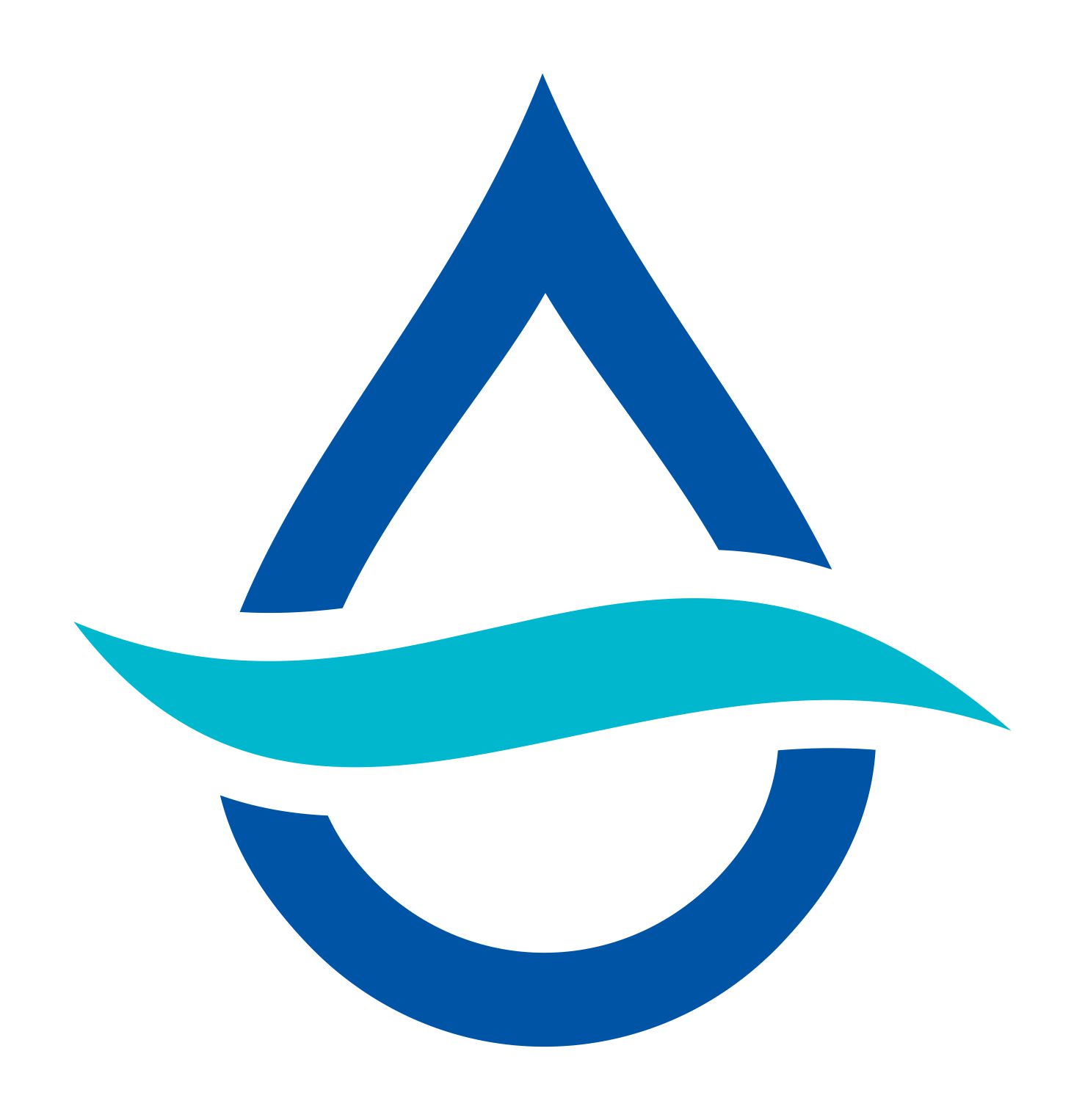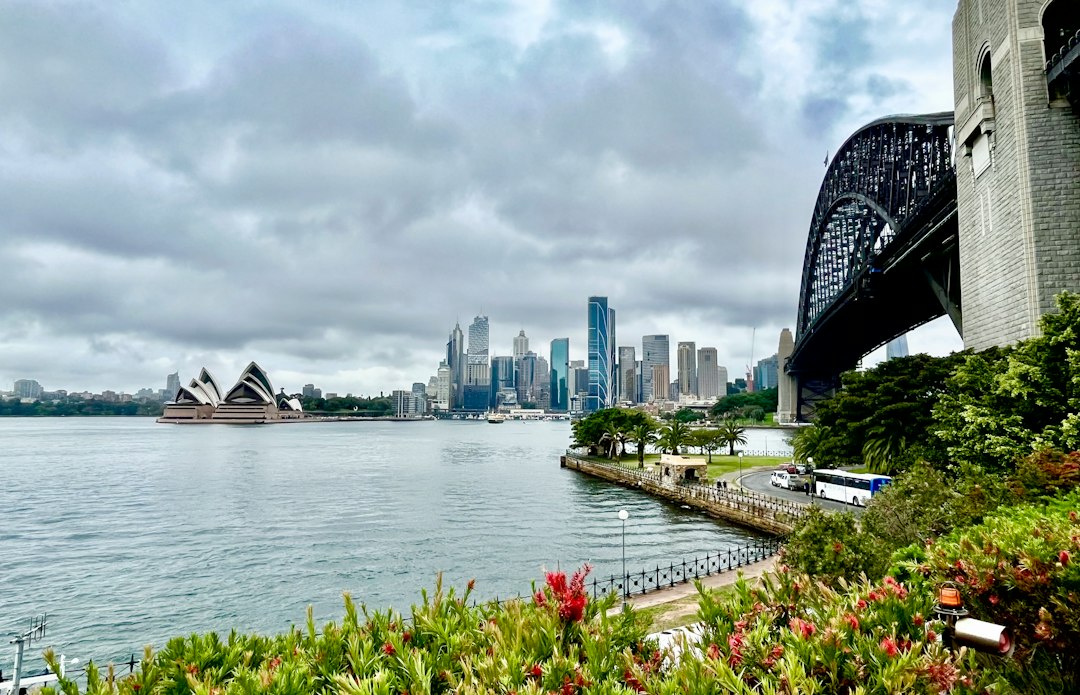Backflow prevention devices are an essential component of a plumbing system, particularly in urban areas like Sydney, where safe water supply is a crucial resource. These devices play a critical role in ensuring that clean, potable water does not become contaminated by backflow from potentially contaminated sources.
So, how do these backflow prevention devices work? It is essential to understand the concept of backflow first. Backflow occurs when water flows in the opposite direction than intended, causing contaminated water to enter the clean water supply. This can happen due to changes in pressure or a siphoning effect that can occur when plumbing fixtures are not properly installed or maintained.
To prevent backflow, backflow prevention devices are installed at strategic points in a plumbing system. These devices come in different types, such as air gaps, double check valves (DCV), and reduced pressure zone (RPZ) devices, each with its own method of prevention.
An air gap is often used in applications such as sinks or showers. It creates a physical barrier between the water outlet and the supply, ensuring that contaminated water cannot flow back into the clean water supply. Check valves are another common type of backflow prevention device. They allow water to flow in only one direction, preventing any backflow from occurring.
The most advanced backflow prevention devices are the reduced pressure zone (RPZ) devices. These devices use a combination of mechanical and hydraulic principles to ensure that water always flows in the right direction. RPZ devices have two check valves and a relief valve, ensuring that any pressure changes are immediately detected and addressed.
Now, why do you need these backflow prevention devices, especially in Sydney? The answer lies in the potential health risks associated with backflow contamination. If contaminated water enters the clean water supply, it can carry harmful bacteria, chemicals, or other contaminants. This poses a significant health risk, as it can lead to waterborne diseases and illnesses.
In a highly populated city like Sydney, where water supply systems are vast and intricate, the risk of backflow contamination increases. That’s why it’s crucial to have backflow prevention devices tested annually by a qualified Sydney Backflow Prevention plumber. These professionals have the necessary training and expertise to assess and prevent potential backflow issues effectively.
Over time, the effectiveness of these devices may decrease due to wear and tear or improper installation. By having a Sydney Backflow Prevention plumber conduct routine inspections, any issues can be identified and addressed promptly, ensuring continuous protection against backflow contamination.
In conclusion, backflow prevention devices are vital for maintaining the integrity and safety of the water supply. They work by preventing contaminated water from flowing back into the clean water supply, ensuring that the water we use and consume remains safe and free from harmful contaminants. If you are located in Sydney, it is critical to consult with a qualified Backflow Prevention plumber to maintain and test these devices, providing an added layer of protection for you and your community.
For more information visit:
Sydney Backflow Prevention Testing | Accredited Plumber
https://www.sydneybackflowprevention.com.au/
Sydney, Australia
Sydney Backflow Prevention are backflow accredited licensed plumbers who specialise in backflow containment device testing across Sydney.
All test reports submitted to Sydney Water within 24 hours.

